Lychnis: description and varieties, planting and care
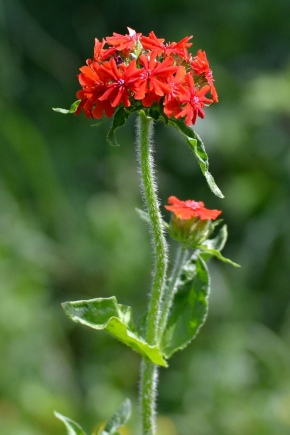
Lychnis is a popular herbaceous perennial from the Clove family, which grows everywhere: from temperate to subarctic belts. In everyday life, it is most often called "dawn", as well as "adonis". Lychnis usually grows in the form of lush clumps covered with small flowers, so it is willingly planted in personal plots.
The rules for caring for him are simple, even a novice gardener can master them. In this article, you can familiarize yourself with the description of this plant and find out how to properly care for it.
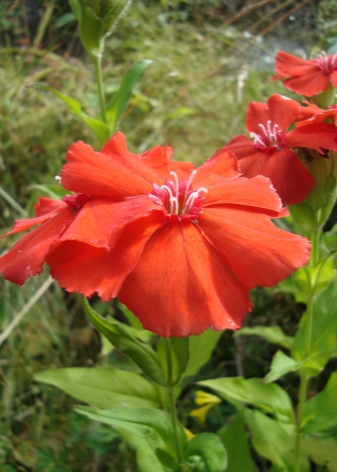
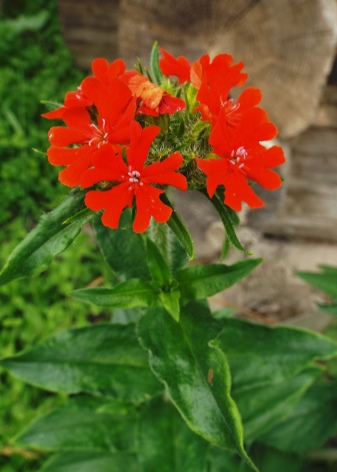
Peculiarities
Few people know that the scientific name of this rhizome plant "lychnis" is derived from the Greek word "lamp". Its bright flowers are really capable, so to speak, to illuminate any landscape and add zest to it. In the wild, it grows in the Mediterranean and some Asian countries, in Russia it can be found in Siberia and the Far East. Usually the lychnis bush has sizes from half a meter to a meter, a thin stalk is covered with peculiar hairs, and the leaves are slightly rough.
"Dawn" blooms usually in June or July, and fades only in autumn. The flowers are tubular, the petals are wide open. Their colors range from shades of red, crimson and purple to white. The smell of these flowers is unobtrusive, but pleasant. After wilting, a box with seeds is formed, which remain viable for up to 4 years.
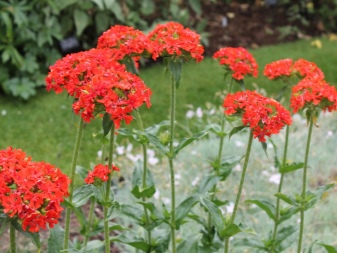
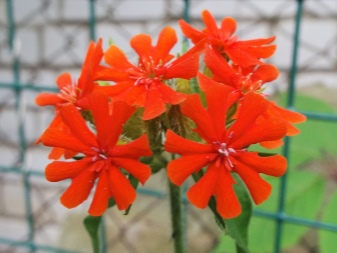
Types and varieties
The genus of perennial lychnis includes many perennial and annual subspecies. Let's talk about the most popular ones.
Ordinary
The height of this perennial is from 40 to 60 cm. The leaves are lanceolate, oval or ovoid. The flowers have colors from scarlet to purple, they form inflorescences of several pieces. Flowering time is from mid-summer to August. Calmly tolerates dry periods, can grow on rather scarce soils.
In landscape design, it is most often used as a group plant, in mixborders and for decorating borders.
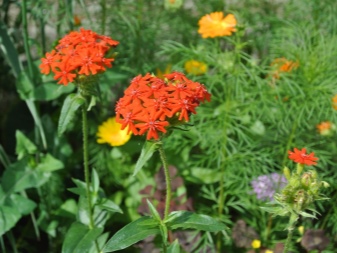
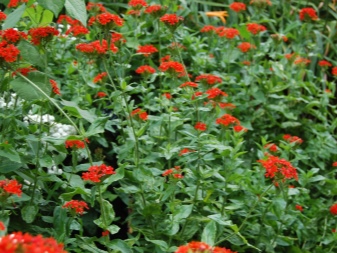
Glittering
In its natural environment, it can be found in the Far East and Siberia, as well as in Asian countries. It is characterized by a straight stem from 25 cm, some specimens grow to almost a meter in height. The calyx has the shape of a bell with bright scarlet petals, the flowers are combined in three pieces or more.
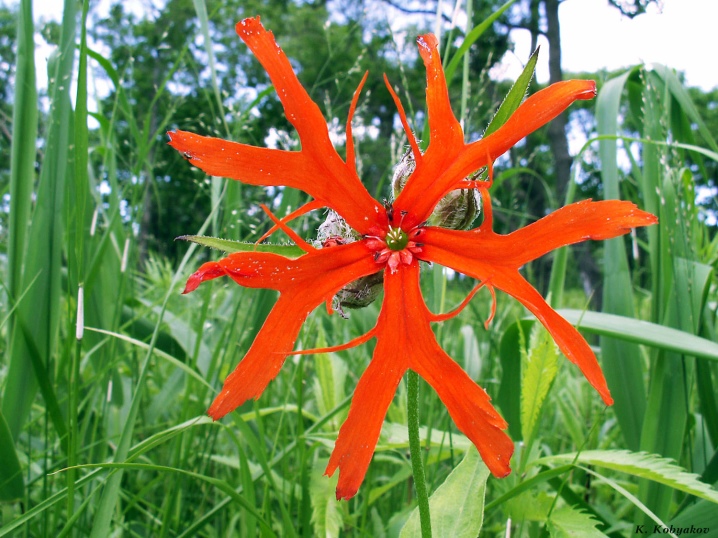
Coriaceous
Leathery adonis, or crown lychnis, is a rather unpretentious flower. It can grow even on infertile soils and bloom until the very frost. A gray stem with oval leaves grows up to a meter. One flower blooms at its top. Among the varieties of this plant, it is worth noting Angela Blanche and Mysterious Island.

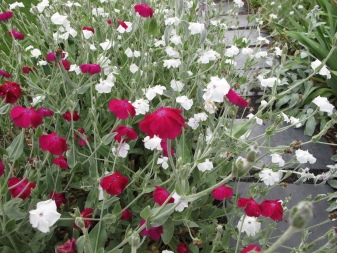
Other
Alpine
The species got its name for its prevalence in the alpine zone; it also actively grows on the North American continent and in the Scandinavian countries. The flower loves to huddle in rocky areas and near the shores of water bodies. This is a stunted species: the length of its stem is no more than 20 cm. In addition, it grows, creeping along the ground, which makes it seem even more squat.
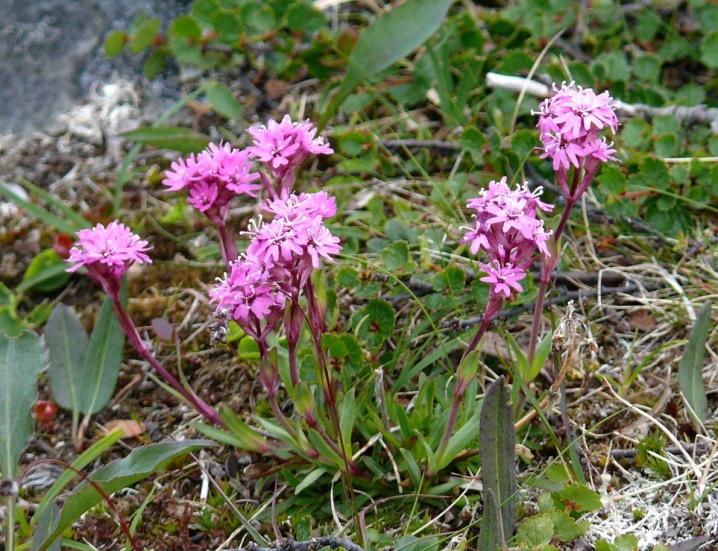
Its flowers are most often colored in various shades of pink. At dachas it is willingly planted on alpine hills. Among the most famous varieties of this species, one can note "Lara".She brings placers of small flowers, which are able to unobtrusively "dress up" the site.
Arkwright
Dark stems with a burgundy tint of this perennial are straight, grow up to 40 cm. They are decorated with leaves in the shape of hearts and rather large flowers up to 3 cm in diameter. A popular representative of the species is the Vesuvius variety. It blooms in the second year after planting and becomes a worthy decoration of any flower bed.
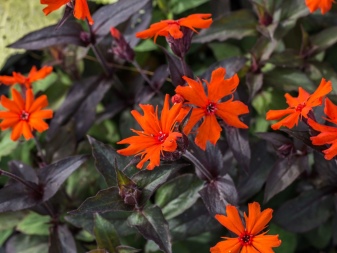
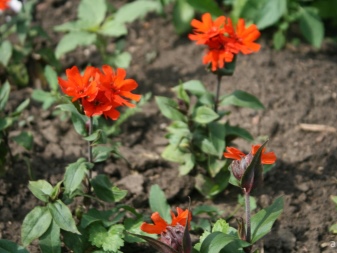
Viscaria
The sticky red stems of these flowers are up to a meter in length. The flowers are colored white or pink: from light to rich shades. Many people know such a variety of viscarias as "Rosetta".

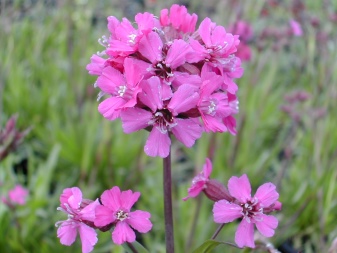
Haage
This hybrid produces large flowers, collected by an umbrella. Bronze stems adorn the leaves of the same color, but with a lack of moisture, they can fall off. The flowers are red-orange, up to 6 cm in diameter. Usually, from five to seven flowers are collected in an inflorescence.

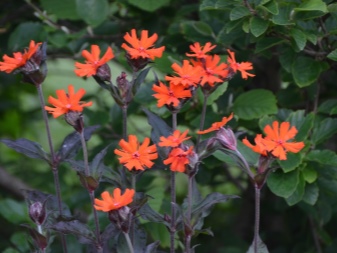
Chalcedony
Lychnis chalcedonica grows up to 0.9 m in length. It blooms for only a month and a half with white, red or pink buds. The Maltese Cross variety has proven itself well, it is named so because its flowers have an unusual shape - they resemble crosses.
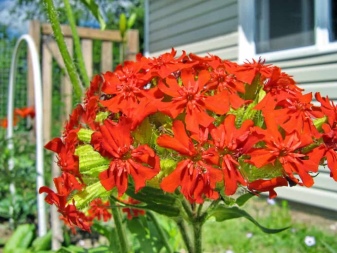
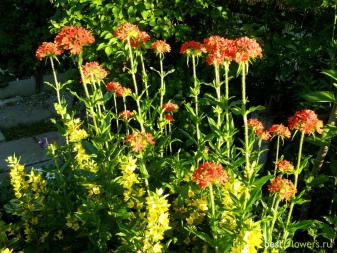
Lychnis Jupiter
This bushy flower reaches 0.8 m in height. A lot of leaves "huddle" on its stems. Its lilac flowers grow up to 3 cm, they open closer to the middle of summer.

"Alba"
The unpretentious variety is characterized by a white color. Alba picks up color in June. Silvery leaves reach 12 cm, the stem stretches to a height of 60 to 90 cm. It has no special requirements for the composition of the soil; it grows willingly even on scarce lands.
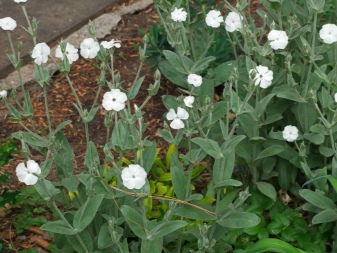
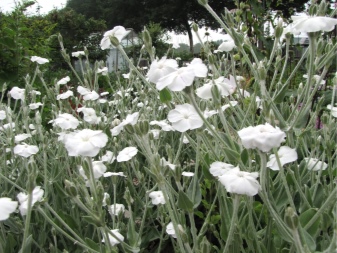
"Peggy"
Neat bushes grow only up to 25 cm. The green leaves of the plant have a beautiful bronze tint, in combination with scarlet flowers 4 cm in size, they look quite bright and beautiful. Peggy blooms all summer. This beautiful perennial has been living on the plot for 6 years.
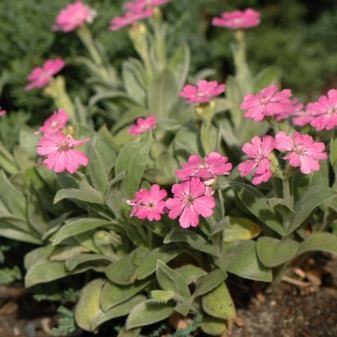
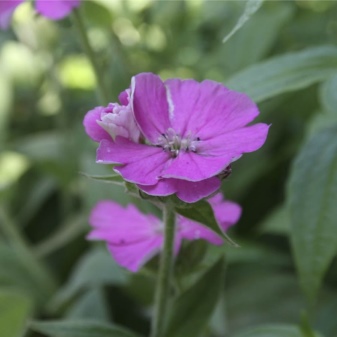
"Captivity"
The same applies to undersized lychnis - its height does not exceed 30 cm. The stalks have sticky tops. They are decorated with bright purple-pink flowers of medium size, double, collected in a brush. The "Plena" variety blooms in late spring - early summer. Dark green lanceolate leaves complement this beautiful flower.
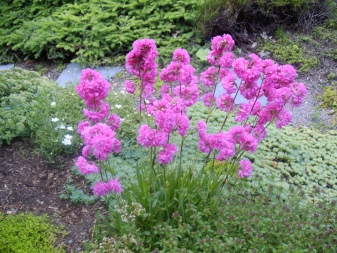
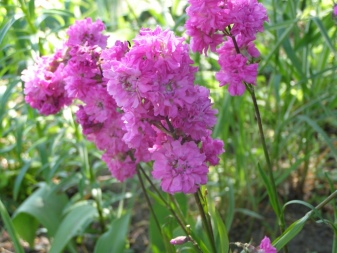
Reproduction methods
Lychnis can reproduce in various ways. New plants are quite easy to get from seeds, however, this growing option is not suitable for cool climates, as well as for terry varieties. Reproduction methods such as seedling, cuttings and dividing the bush are also used.
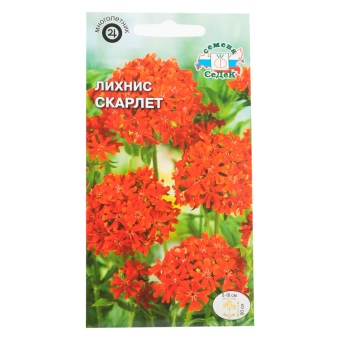
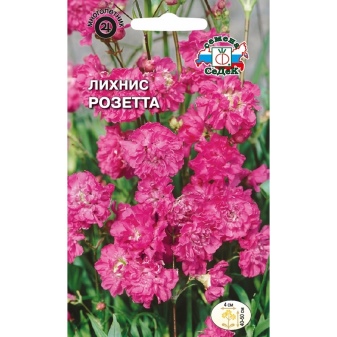
How to take care of it properly?
Disembarkation rules
Appropriate place
The flower loves lighted areas, and most of its species also prefer moderately moist nutrient soil. In too wet soil, the roots of the plant can begin to rot. It is best if a short diffused light is present at the site of the lychnis planting.
Low species look great on alpine slides and rockeries, and high ones - as independent flowers or in group compositions.
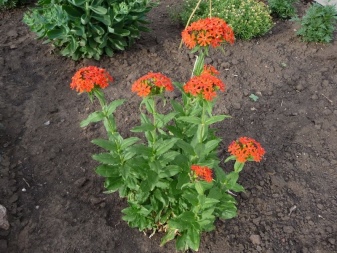
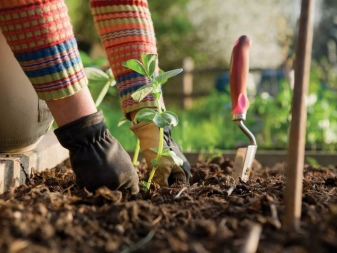
Optimal timing
Lychnis reproduces well by seeds. They need to be sown in open ground before winter or in spring, when the temperature will be around + 20 degrees - in any case, lychnis will bloom only next season. Although there are rare cases when it begins to bloom this summer. If the reproduction of lychnis is carried out by seedlings, then you will see flowers in the summer.
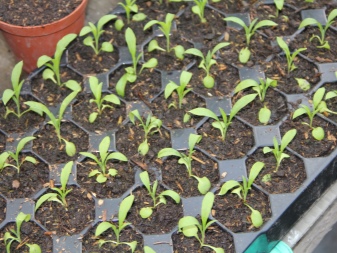
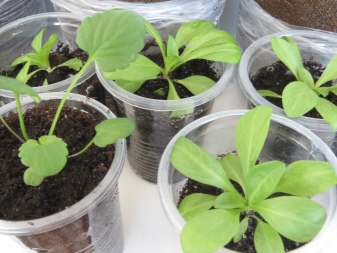
Selection and preparation of planting material
Sowing material is obtained from flowers that give "nuts" with seeds. They are stored in rag bags or cardboard boxes. In the cool and dark, they can lie for 4 years without losing the ability to emerge.
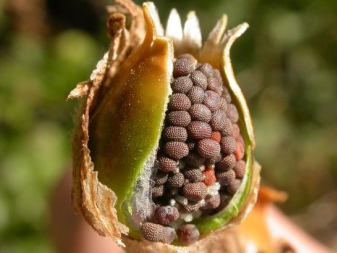
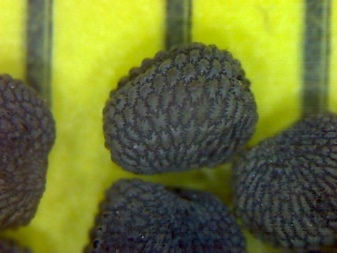
Instructions
The seeds are deepened one and a half centimeters into the ground. Covering the bed with foil, you will receive the first shoots in two to three weeks. When the third leaf appears, the seedlings are ready to "move" to their permanent place.However, it should be noted that this method is not suitable for terry plant species.
For the northern regions, propagation by seedlings is more suitable. To plant it in March, you need to get sprouts in advance. It is recommended to stratify the seeds, that is, put them in the refrigerator for 15-30 days. After landing in the ground, they are given a comfortable temperature, that is, +20 C, the soil is slightly moistened. Otherwise, caring for it is the same as when planting seeds in open ground.
The first shoots appear in a few weeks. Seedlings are hardened for two weeks, and at the end of May they are placed in the open field.
When grafting, the shoots of an adult plant are taken at the beginning of summer. Specimens are used approximately 15 cm long. It is recommended to treat the trimmed areas with crushed coal. After placing the stalk in the ground, water it.
When dividing a shrub, shoots are taken, which appear annually from the root of each plant. If you dig up a bush in late spring and cut it in half with a shovel, each half can root itself. After placing them in the ground, parts of the bush need to be watered.
Lichnis, easy to care for, has no special maintenance requirements. However, if you want to get beautiful flowers, then you should follow some of the recommendations of experienced gardeners.
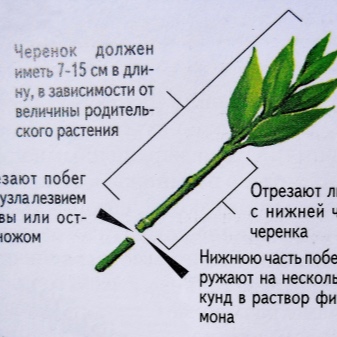
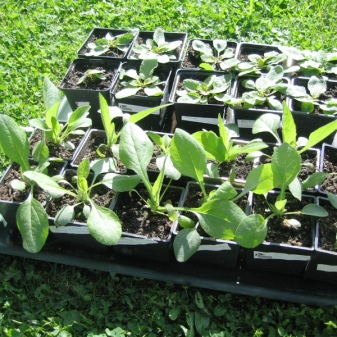
Lighting
As we have already noted above, Lychnis is very fond of light, therefore "sunbathing" has an extremely positive effect on its appearance. It blooms more magnificently and profusely, being in an illuminated area. A patient plant is able to withstand temperature fluctuations, since it has good drought and frost resistance. During the growing season, it feels best at temperatures from +15 to + 25 degrees.

The soil
The flower loves light soils with good drainage. Coarse sand on the site will also not interfere with this plant. It is best not only to dig up the ground before applying seed or seedlings, but also fertilize it. For this, up to 10 kg of compost, 50 g of superphosphate, 40 g of potassium magnesium are taken per square meter.
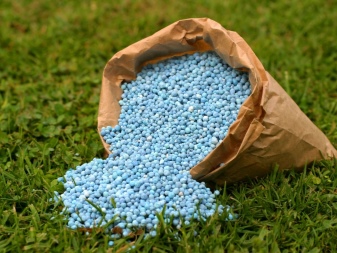

Watering
Stagnation of water has an extremely negative effect on the condition of lychnis. It is watered only in dry weather, which does not change for a long time to cloudy. Sometimes it is enough to spray the bushes with water.

Top dressing
It is enough to fertilize a good soil a couple of times a season, but a poor one can be saturated with useful substances every month.
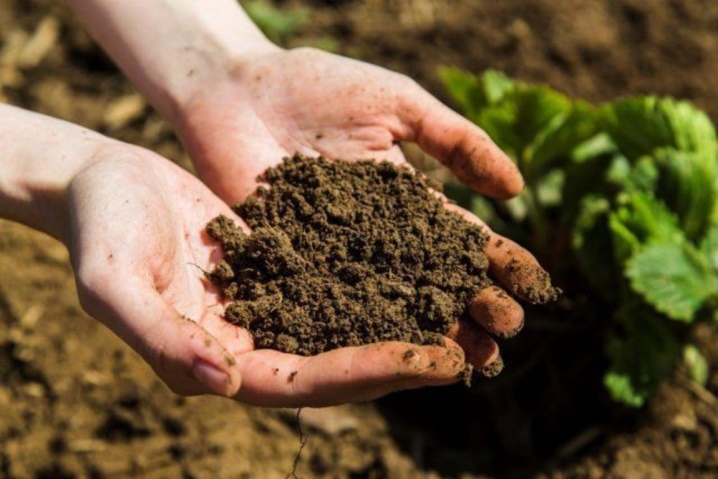
Loosening and mulching
The plant needs to loosen the soil. It is recommended to do this after every rain, as well as after watering. It is best to carry out the procedure in the morning. Mulching also contributes to the preservation of soil properties. Without weeding, weeds can quickly populate the area, thereby leaving it without food.
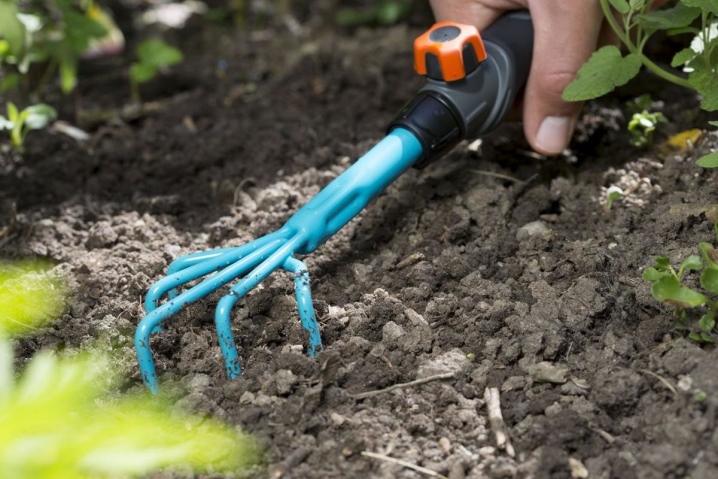
Pruning
If dried buds are removed in a timely manner, then flowering will last longer. They must be cut, this procedure will provoke the formation of new inflorescences. Before the onset of winter, the aboveground part of the plant is cut off.
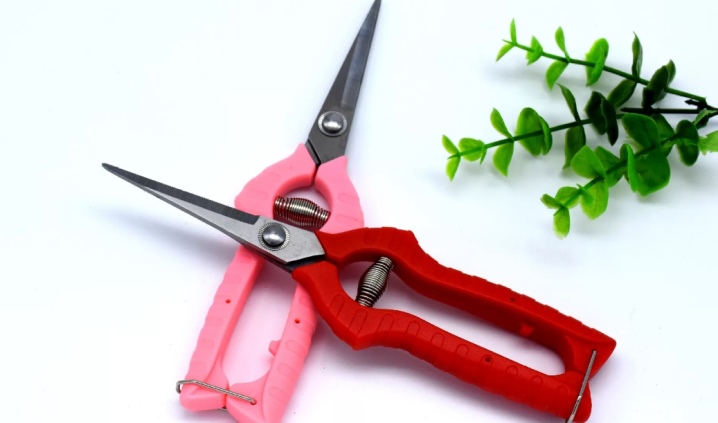
Wintering
Lychnis is going through the winter calmly, so there is no need to shelter it from frost. In harsh climates, it is enough to sprinkle the area with foliage or branches so that the roots will certainly retain their vitality until the next season. The exception is more capricious terry varieties - they must always be covered.
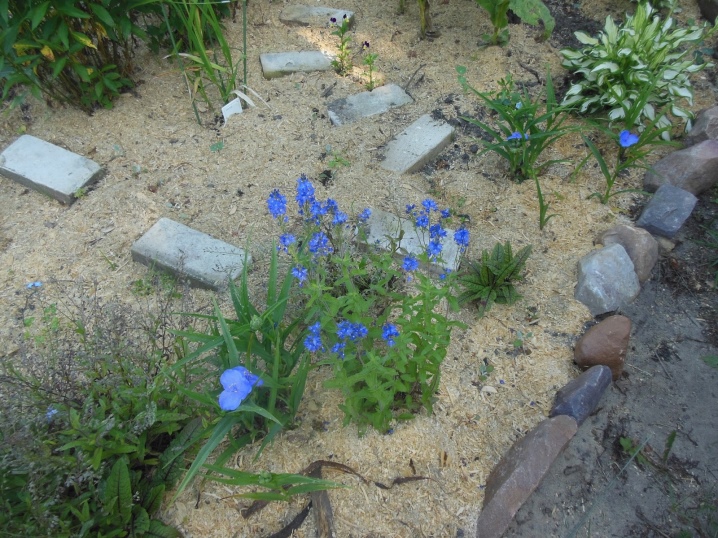
Transfer
Since lychnis is unpretentious, it easily survives transplantation and division. It is important to note that it is recommended to divide the bushes in the off-season, and to transplant a flower with an earthen lump - from the beginning of regrowth until autumn, even during a set of buds and flowering.
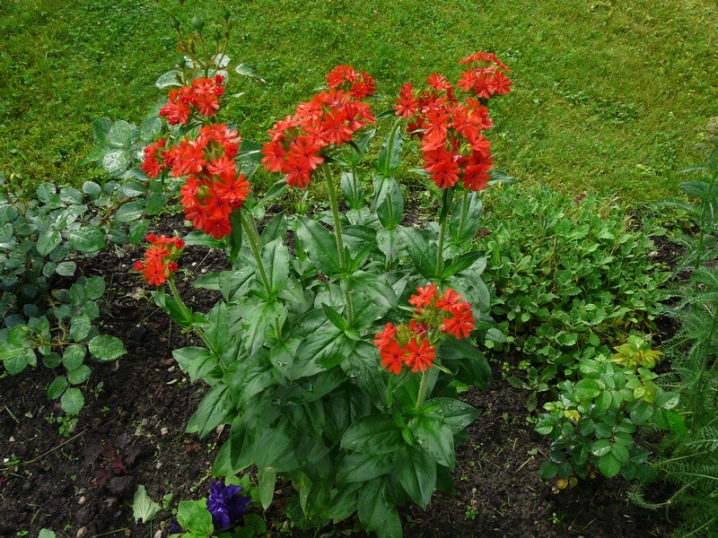
Diseases and pests
Enemies of lychnis are a slobber butterfly, leafworm and aphids. If the flower is slightly damaged, then such "old-fashioned" methods of dealing with these insects as tobacco, garlic or soap solution will help you. In more advanced cases, chemicals have to be used. To get rid of the invasion of the ubiquitous aphid, defeat its main carriers - ants.
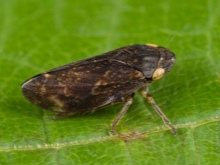
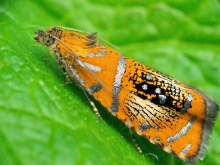
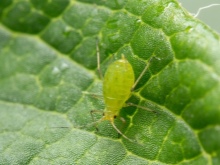
Lychnis begin to hurt and turn yellow due to inadequate care.Planting too tightly and moisture stagnation in the soil can lead to the loss of a healthy appearance. By identifying the cause, you can save the plant from decay.
Use in landscape design
In a group, lychnis looks great in the middle of the lawn. Certain varieties gravitate towards water bodies, so it is good to plant them near ponds. They look spectacular in the company of bells, primroses, Gaillardiums, Nivyaniks. Some gardeners plant lychnis as an independent plant, combining specimens of different colors. High grades successfully complement the decor of walls, fences and gazebos.
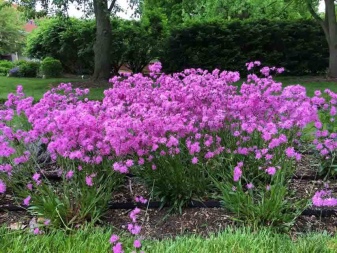

If you do not want to part with this wonderful flower even in winter, then plant it in a pot. In the summer he can "live" on the site, and in the winter he can move to the dwelling.
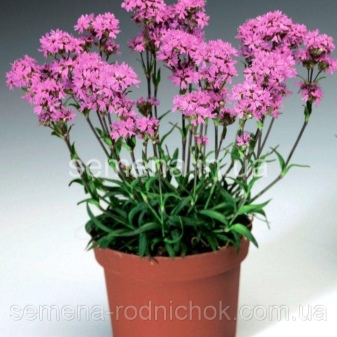
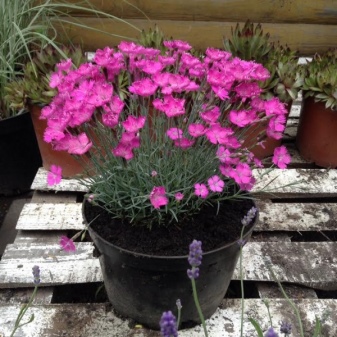
Lychnis is an unpretentious flower that, with all its modest and neat appearance, is able to make the site brighter. He fell in love with gardeners for his unpretentiousness and ability to withstand climatic changes. With proper care, some of its varieties delight with their flowering for 5-6 years. Among the variety of varieties of this perennial, you will certainly find one that will complement your garden.


How to transplant lyhnis, watching in the next video.

































































































The comment was sent successfully.